In the audio world we hear a lot about ‘soundstage.’ The soundstage is the three-dimensional placement of instruments on a stage or in a studio during the performance. Soundstage also comes into play with movies and other audio/video content. Where the actors are on-screen relative to each other is normally reflected in the mixing of the soundstage. Did you ever watch a live sports event on television and hear that one person clapping or yelling loudly in the left rear surround speaker? That’s also a part of the soundstage and in examples like the preceding, a properly mixed soundstage can heighten the experience and bring the listener closer to the actual event – which at the end of the day is the entire point of the audio industry.
But is the soundstage important?
Yes. And no. It depends.
But is the soundstage important?
Yes. And no. It depends.
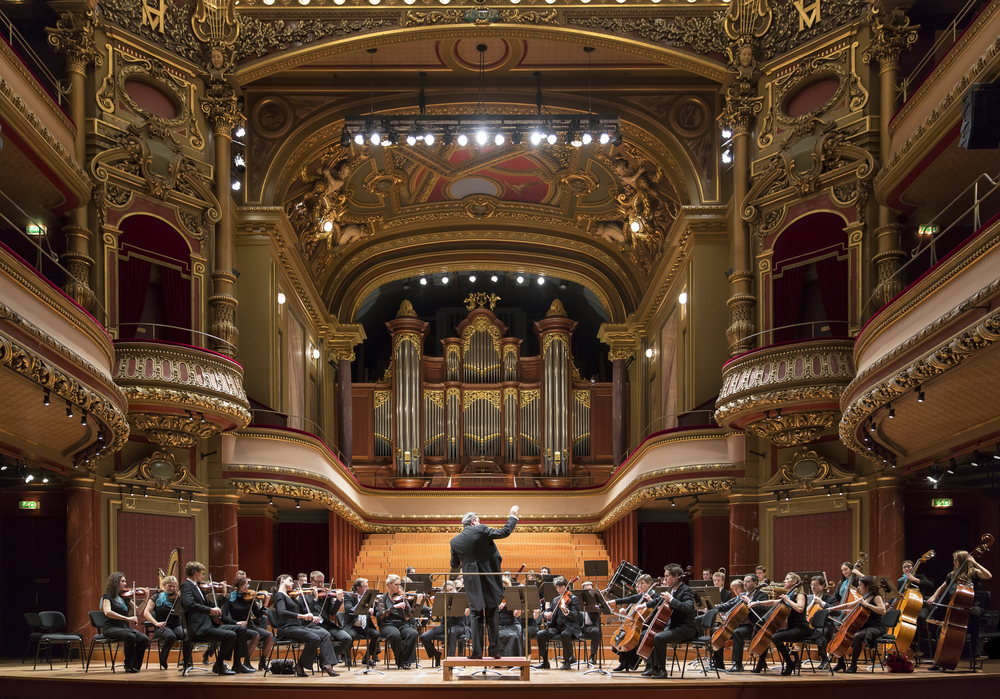
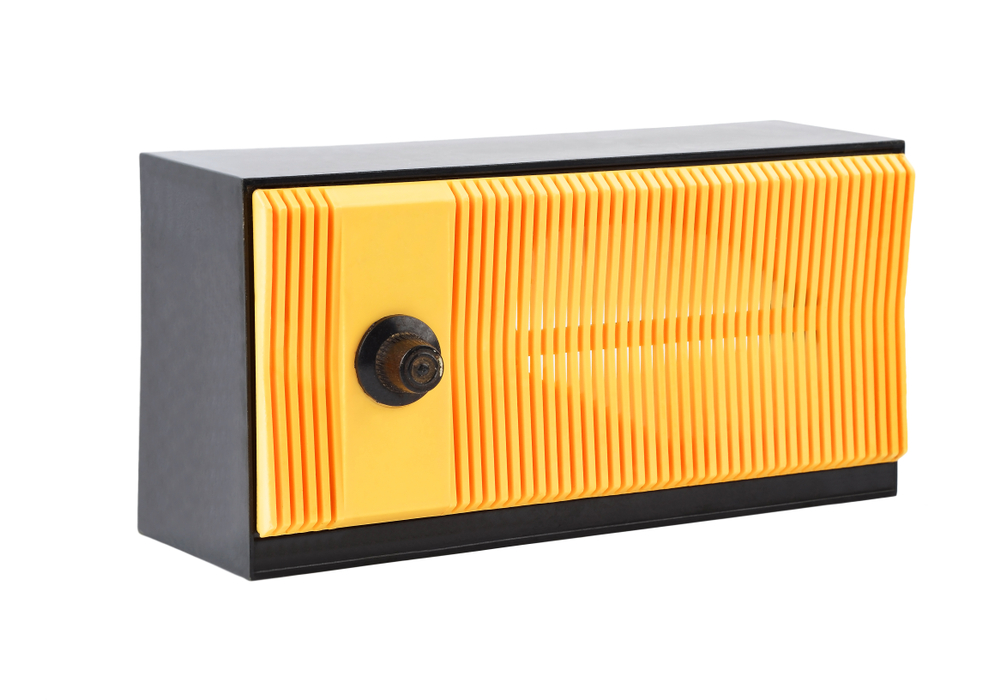
The placement of the instruments in that latest drop from your favorite pop star may not be all that interesting to you, and depending on the recording, the soundstage may not be all that well-defined anyway. If you’re completely content hearing your favorite melodies from a single-driver Bluetooth speaker or your old clock radio (pretty much the same thing), then discussions about soundstage may not be that interesting to you.
But, as you explore the magic of sound, whether it’s from music or your favorite binge, the soundstage brings an additional layer to the tapestry of sound that’s embedded in whatever you’re listening to. It really becomes a matter of how deeply you dive into the art you are experiencing.
But, as you explore the magic of sound, whether it’s from music or your favorite binge, the soundstage brings an additional layer to the tapestry of sound that’s embedded in whatever you’re listening to. It really becomes a matter of how deeply you dive into the art you are experiencing.
So, the answer tends to be that soundstage becomes more important as the listener dials deeper into what they are listening to. You can easily enjoy a song on your phone’s speaker (especially if the song is already familiar to you), but when you can hear the instruments breathe and exist in a specific point in space, the experience is heightened – sometimes astronomically. The same applies for movies. Sure, you can watch a movie on your phone. It’s convenient and you get the point, and on long plane flights a bit of a sanity-saver, especially now that books are so old school. But is watching a movie on a phone or tablet giving you the full cinematic experience? For almost every movie ever made the answer is ‘no.’
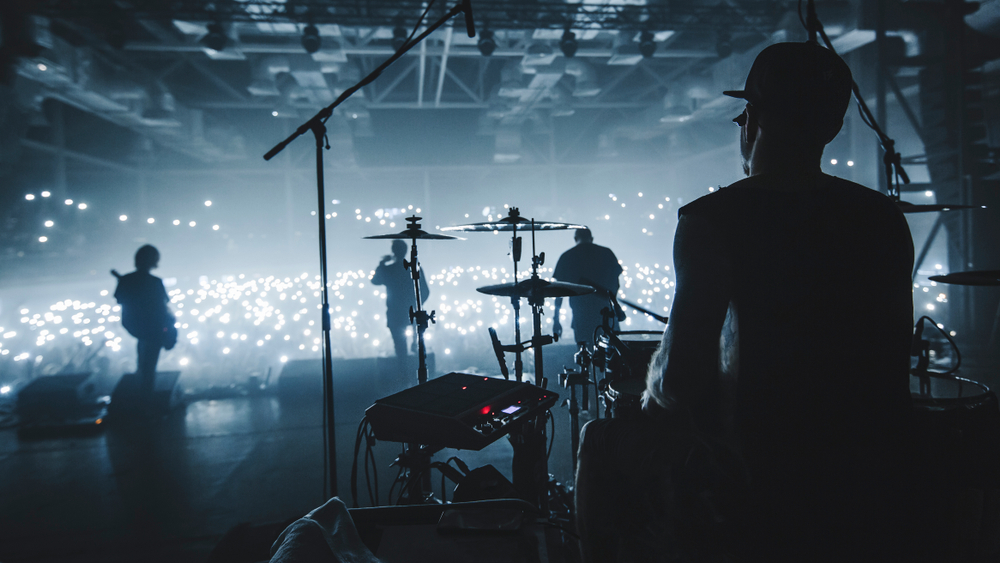
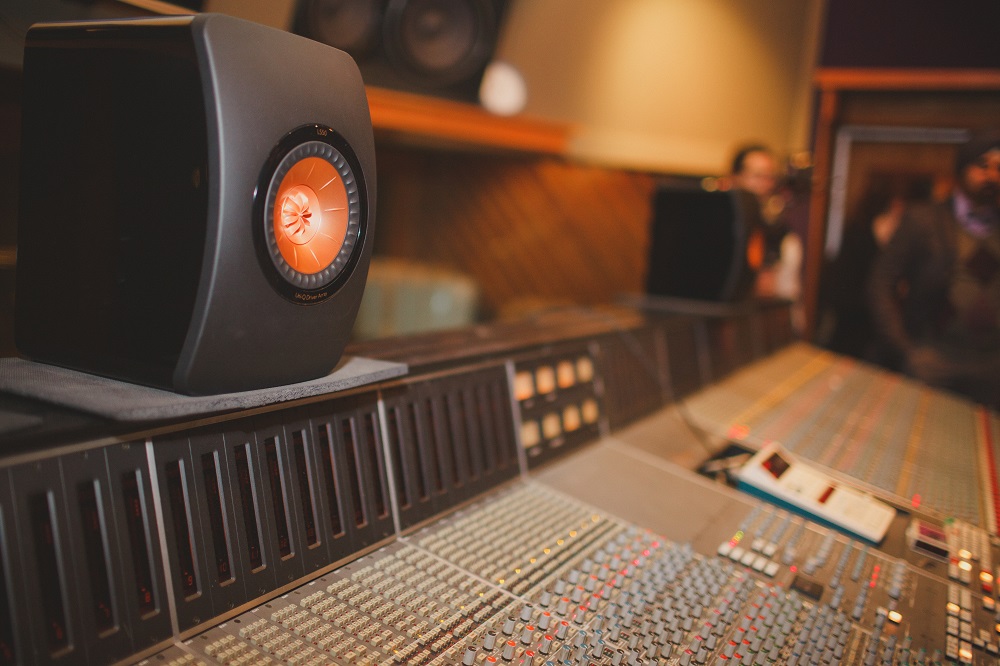
Now that we’ve cleared that up, what are the four pillars of the soundstage?
The job of the recording engineer is to capture the performance as exact as possible. This is where the term high-fidelity comes from. The word fidelity is defined as “…faithfulness to obligations, duties, or observances.” When applied to audio, it means the recording is as faithful to the original as is possible based on technology and budget. We usually take this to mean the recorded sounds sound like they sounded live, but fidelity is also related to the physical placement of the instruments. So technically, hi-fi is only really hi-fi when the sounds you are hearing sound like they did live, and they exist in the space you are in as close a proximation as they did during the performance.
The job of the recording engineer is to capture the performance as exact as possible. This is where the term high-fidelity comes from. The word fidelity is defined as “…faithfulness to obligations, duties, or observances.” When applied to audio, it means the recording is as faithful to the original as is possible based on technology and budget. We usually take this to mean the recorded sounds sound like they sounded live, but fidelity is also related to the physical placement of the instruments. So technically, hi-fi is only really hi-fi when the sounds you are hearing sound like they did live, and they exist in the space you are in as close a proximation as they did during the performance.
It’s important to remember that even a modest, inexpensive system can deliver a fantastic soundstage: Keep in mind that in today’s world, an outrageous experience is available to all of us – true high-fidelity is no longer the realm of uber-audio nerds and people with loads of expendable cash.
Therefore, the first pillar of a proper soundstage is the recording itself. If the recording didn’t capture a defined soundstage then a million dollar stereo system isn’t going to magically make one. Luckily, the vast majority of recordings are made with some effort to replicate the original soundstage.
Therefore, the first pillar of a proper soundstage is the recording itself. If the recording didn’t capture a defined soundstage then a million dollar stereo system isn’t going to magically make one. Luckily, the vast majority of recordings are made with some effort to replicate the original soundstage.
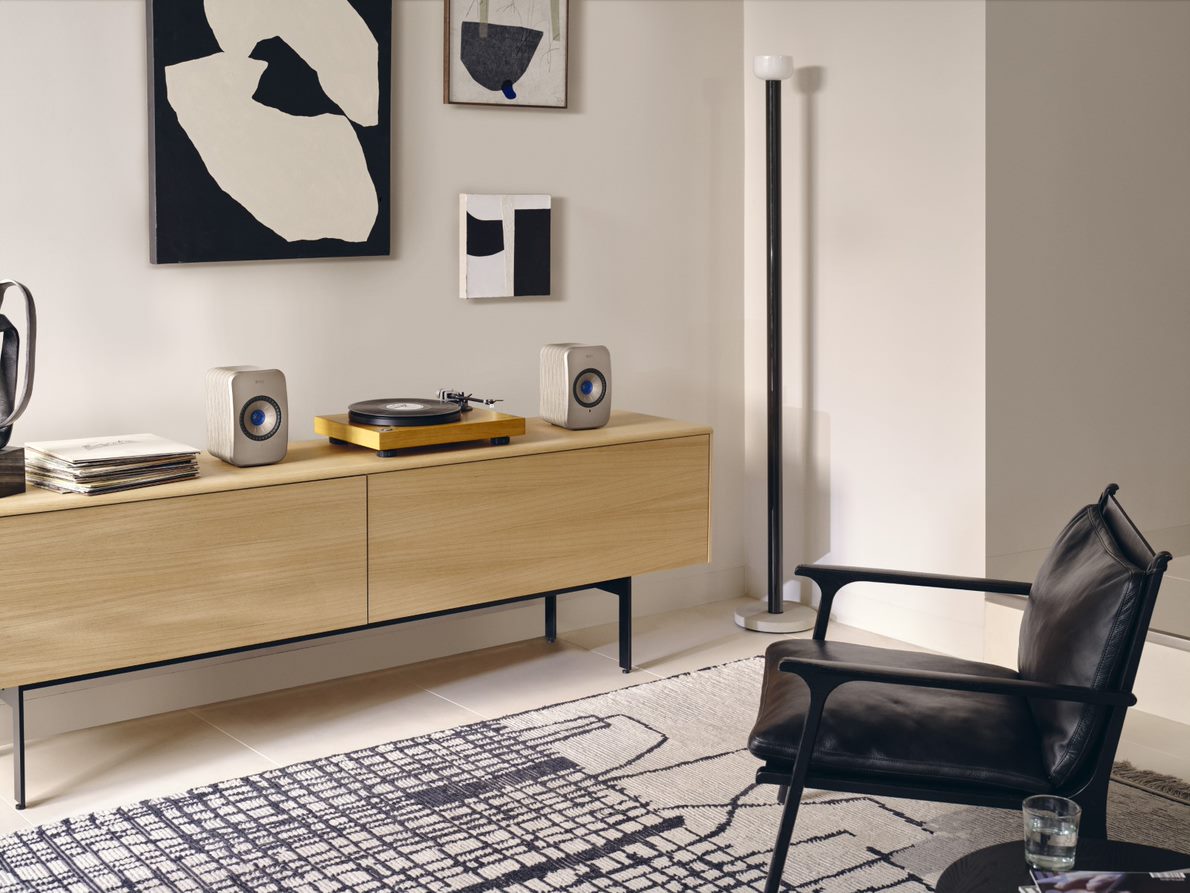
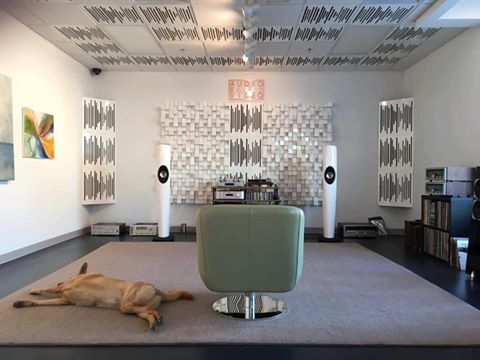
The second pillar of the soundstage is the quality of the playback equipment. Once the recording engineer has done their job, it’s up to your system to return that soundstage to space. This means the source, the amp or amps and (probably most importantly) the loudspeakers must be up to the job. After placement, noise is the second biggest killer of soundstage in audio gear. Unwanted noise in the amps, transmission lines or even the backwave energy in a speaker cabinet all diminish the soundstage to various extents. You could have the greatest recording ever, in the greatest room ever, but if one single link in your audio chain isn’t up to the job, the soundstage is going to sound flat and one-dimensional. The fidelity is lost.
The third pillar is loudspeaker placement. Anyone who has ever sat in the front row of a movie theater can speak this truth. You can have the greatest recording, being played back on the greatest system ever devised by humankind, but if you haven’t spent time experimenting to get the best possible placement for you room and tastes, the soundstage will suffer. The only way to truly get the best placement is to experiment with your speakers in your room. Tweaking takes time, but it’s also important to know when you’re happy with what you hear – then it’s time to stop fretting and start enjoying! Once the soundstage opens up and you can close your eyes and place the instruments in a physical point in space, you’re on the right track (and very close) to optimal placement for soundstage.
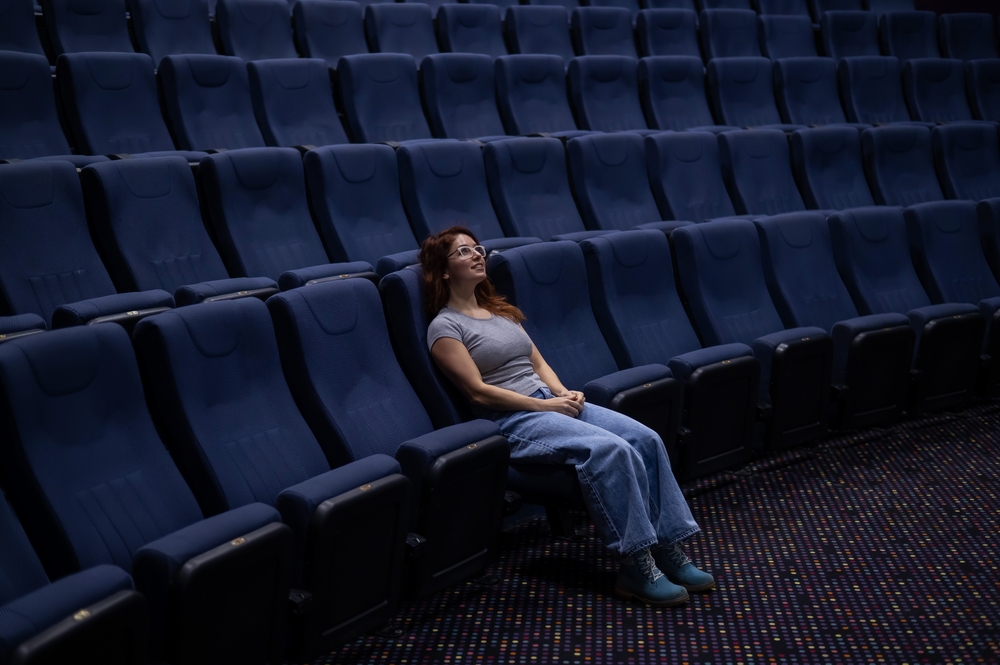

Which brings us to your imagination. The fourth and most often overlooked pillar is you. More specifically, your imagination. Once the first three pillars are in place your job is to sit back and engage with what you are hearing. Much like how you suspend disbelief when watching a movie, you also have to get past the fact that just two speakers (or more if you’re doing the immersive audio thing), are producing a physical replication of the instruments' original location. It doesn’t require a special talent, or trained ears, or anything more than simple engagement, but it’s still a critical step in the pursuit of a realistic soundstage.
Music is more than just what an instrument sounds like (although that’s obviously pretty important). The musical experience is also dependent on the physical relationship between yourself, the musicians and the space they were recorded in. For movies, soundstage is incredibly important to the integration of the sound and visuals. Nothing beats hearing everything come exactly from where we expected it to come from as if we were sitting in the same room.
And again, at the end of the day, that’s the entire point.
And again, at the end of the day, that’s the entire point.
By Jack Sharkey for KEF



